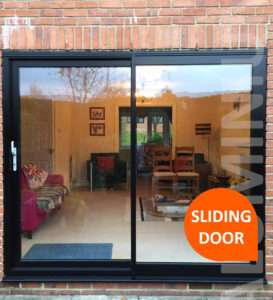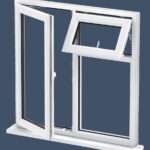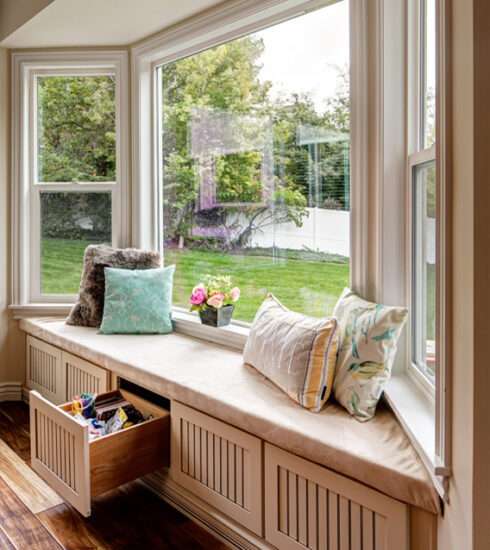Toughened Glass Vs. Laminated Glass
If you are in search of durable and secure glass solutions for the doors and windows of your home, two viable options worth considering are toughened glass and laminated glass. Each of these glass types possesses unique properties that render them suitable choices for enhancing the performance and safety of your residential openings.
Toughened Glass
Toughened glass, also referred to as Tempered glass, exhibits notable strength surpassing that of conventional glass. This type of glass possesses a high degree of durability, up to five times stronger than regular glass. The production of toughened glass involves subjecting a standard-strength glass panel to elevated temperatures followed by rapid cooling. This process yields an exceptionally resilient outer layer capable of withstanding impacts and temperature fluctuations with ease. To gain further insights into the characteristics and manufacturing of toughened glass, we recommend watching the brief one-minute video provided above.
Laminated Glass
Ordinary glass exhibits limited strength and durability, posing safety risks due to its tendency to break into sharp fragments upon impact. In response to this concern, laminated glass, also referred to as safety glass, has been developed as a viable solution. Laminated glass is engineered to remain intact even when shattered, offering enhanced safety benefits. It comprises two or more glass panels that enclose a resilient plastic interlayer, commonly composed of materials like EVA (Ethylene-vinyl Acetate), PVB (Polyvinyl Butyral), or SGP (Sentryglas Plus). The glass industry predominantly employs PVB and SGP in laminated glass production.
Both toughened glass and laminated glass undergo a similar manufacturing process, involving the application of heat and pressure to melt the interlayer material between the glass panels. This molten layer acts as an adhesive, effectively bonding the individual panes together.

In Strength: When it comes to strength, it is worth noting that PVB laminated glass exhibits lower strength compared to SGP glass. Consequently, it is advisable to employ PVB for internal glazing purposes while reserving SGP for external glazing that involves exposed edges.
Yellowness: The term “yellowness” pertains to the alteration of the glass’s color, transitioning from an optimal white shade to a yellowish hue. Over extended periods of use, glass manufactured with PVB may display signs of yellowing. Conversely, SGP-manufactured glass tends to offer greater clarity than PVB and displays enhanced resistance against yellowing, even when exposed to various weather conditions.
Where use & Cost
PVB made glass is commonly used in various applications such as railing, fencing, staircase, flooring, shower rooms, table tops, doors and windows, room partitions, skylights, curtain walls, windshields, and bulletproof glass.
SGP made glass is used for applications such as bulletproof glass, explosion-proof glass, outer railings, skylights, glass staircases, glass floors, outer gallery/balcony fencing, canopies, and very large partitions.
Cost-wise, PVB is significantly less expensive than SGP. SGP laminated glass is more costly compared to PVB laminated glass. Therefore, PVB is a more cost-effective option than SGP laminated glass.










